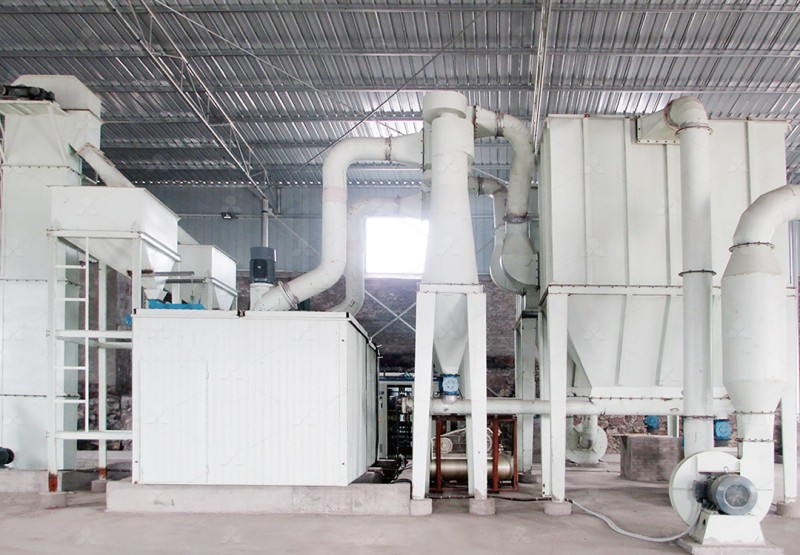Best Screens for Hammer Mill Feed Grinders: Types and Selection Guide
Best Screens for Hammer Mill Feed Grinders: Types and Selection Guide
When it comes to hammer mill feed grinders, selecting the right screen is crucial for optimizing performance, efficiency, and product quality. Screens determine the particle size of the ground material and directly impact the mill’s throughput and energy consumption. This guide explores the types of screens available and how to choose the best one for your application.
Types of Hammer Mill Screens
Hammer mill screens come in various configurations, each suited for specific grinding needs:
- Perforated Screens: These feature round or square holes and are ideal for coarse to medium grinding. They are durable and easy to clean.
- Slot Screens: With elongated openings, slot screens are perfect for fibrous materials like hay or straw, preventing clogging.
- Graded Screens: These screens have varying hole sizes to produce a consistent particle size distribution, often used in feed and biomass processing.
- Fine Mesh Screens: Designed for ultra-fine grinding, these screens are used in applications requiring powders with particle sizes below 500 microns.
Key Factors in Screen Selection
Choosing the right screen involves considering several factors:
- Material Type: Hard, abrasive materials require thicker, more durable screens, while softer materials can use standard screens.
- Desired Particle Size: Smaller holes produce finer particles but may reduce throughput. Match the screen size to your product requirements.
- Throughput Requirements: Larger openings increase capacity but may sacrifice particle consistency.
- Screen Material: Stainless steel screens resist corrosion and wear, while carbon steel screens are cost-effective for less demanding applications.
Enhancing Grinding Efficiency with Advanced Mills
For operations requiring ultra-fine grinding, pairing your hammer mill with a high-performance grinding system can significantly improve results. Our MW Ultrafine Grinding Mill is an excellent choice for producing fine and ultra-fine powders with precision.

The MW Ultrafine Grinding Mill features:
- Adjustable fineness between 325-2500 meshes
- Higher yielding and lower energy consumption compared to traditional mills
- Eco-friendly operation with efficient dust removal
This mill is perfect for processing materials like limestone, calcite, and talc into fine powders for industries such as chemicals, cosmetics, and food additives.
Maintenance and Longevity
Proper screen maintenance is essential for prolonged hammer mill performance. Regularly inspect screens for wear and tear, and replace them when holes become elongated or irregular. For operations requiring minimal downtime, consider mills like our LUM Ultrafine Vertical Grinding Mill, which features easy maintenance designs such as reversible structures for quick roller replacement.

The LUM Ultrafine Vertical Grinding Mill offers:
- Energy-saving multi-head powder separating technology
- Stable operation with double position-limiting technology
- Digitalized processing for high precision
Conclusion
Selecting the right screen for your hammer mill feed grinder is a balance between material characteristics, desired output, and operational efficiency. For applications demanding ultra-fine powders, integrating advanced grinding systems like the MW Ultrafine Grinding Mill or LUM Ultrafine Vertical Grinding Mill can elevate your production capabilities while reducing energy consumption and maintenance costs.

By understanding your material requirements and leveraging the right equipment, you can achieve optimal grinding performance and product quality.
